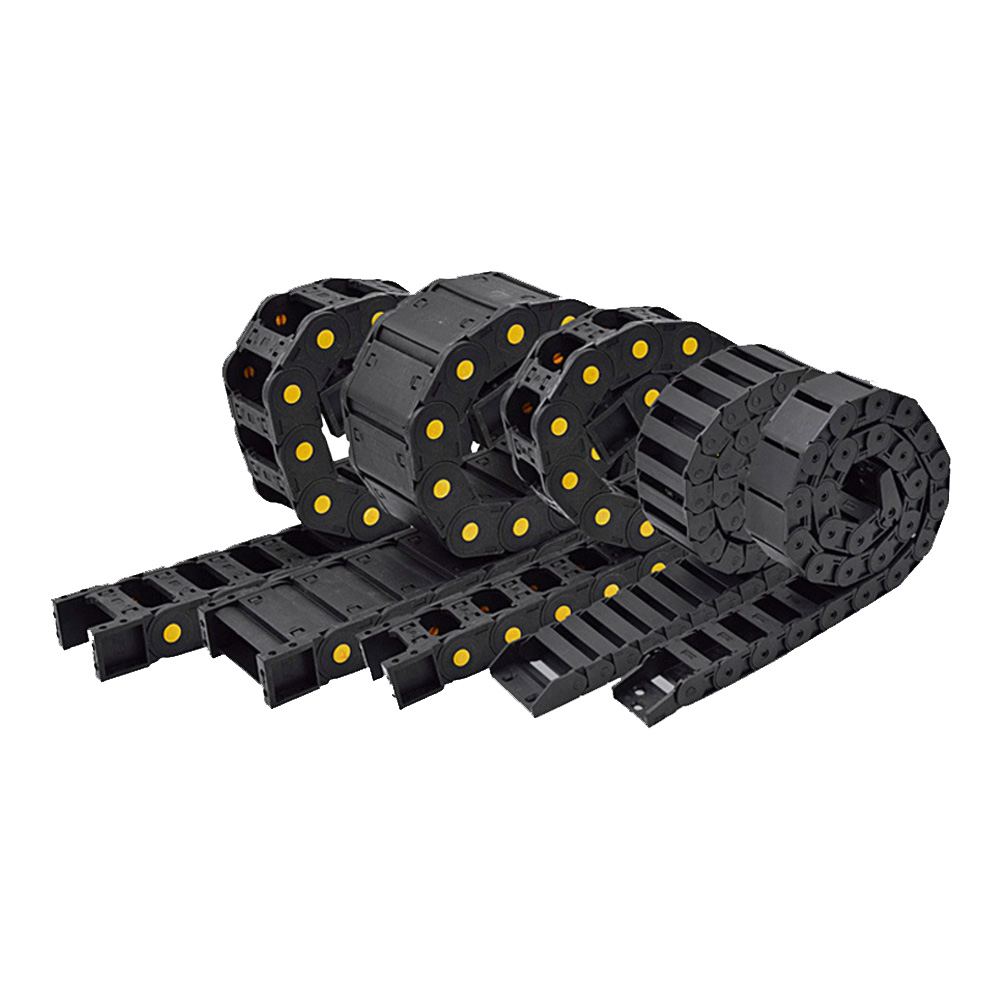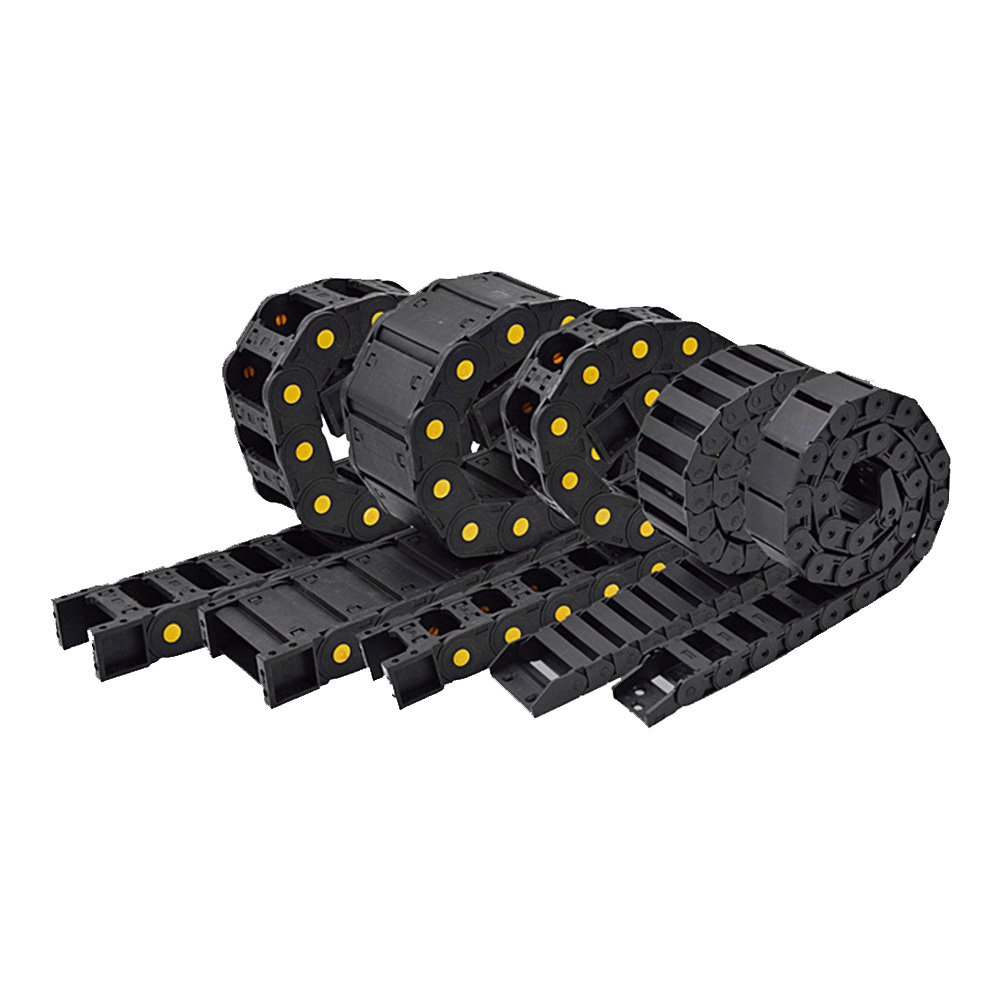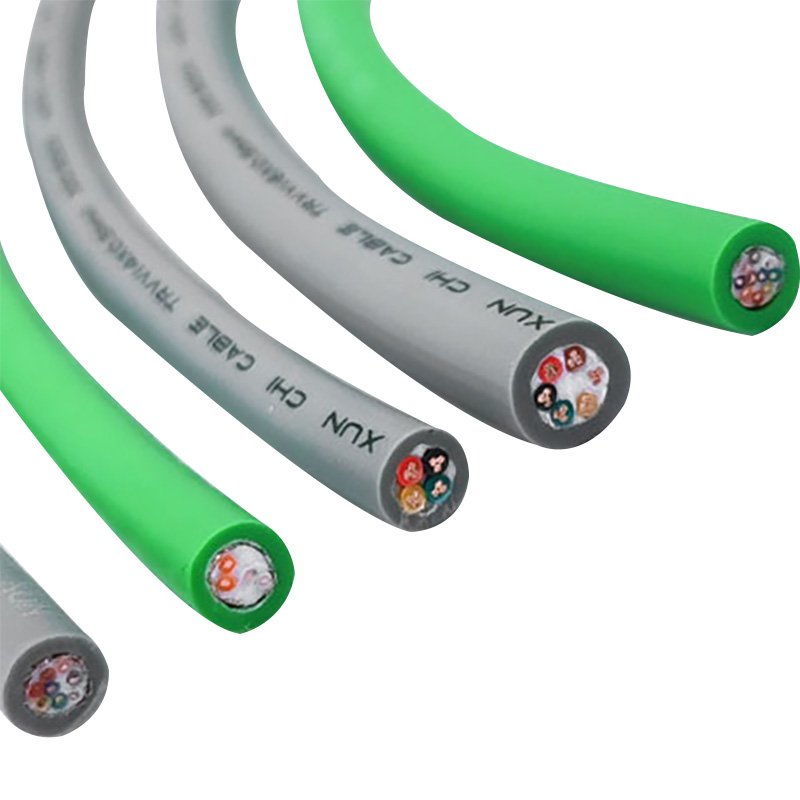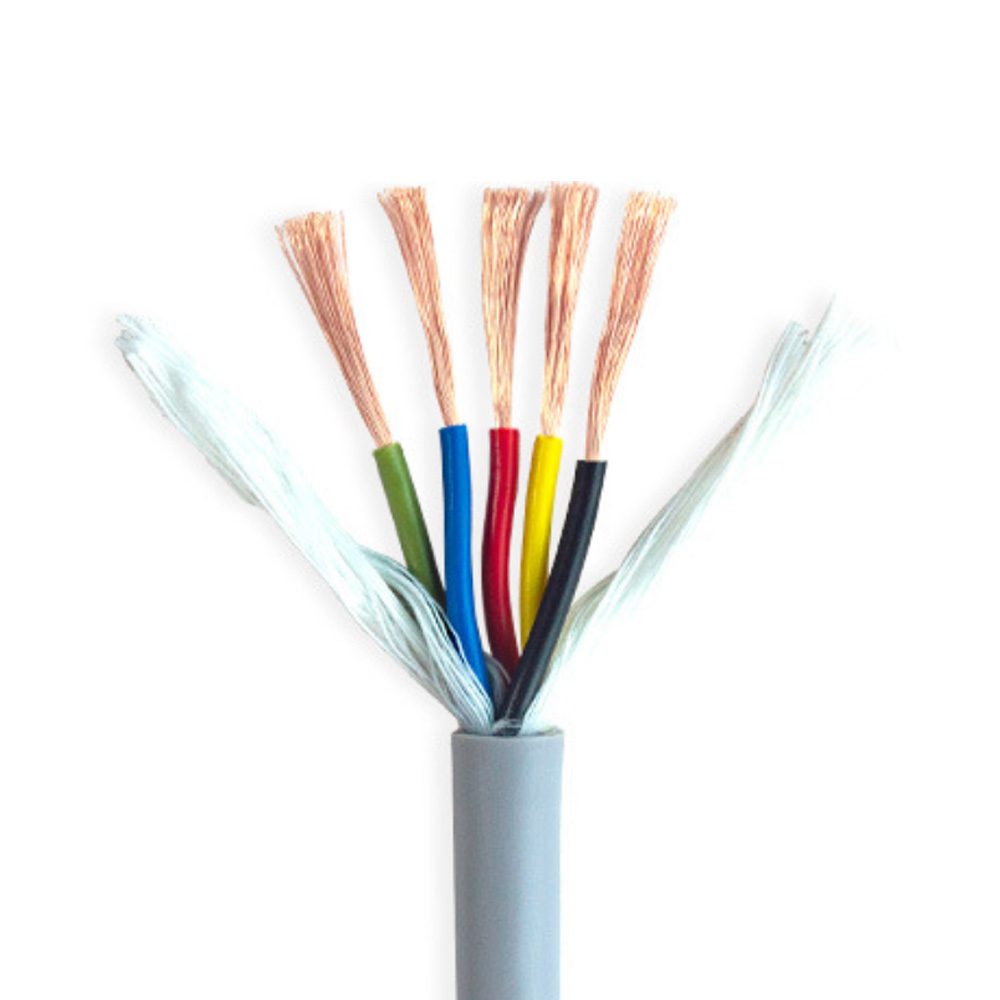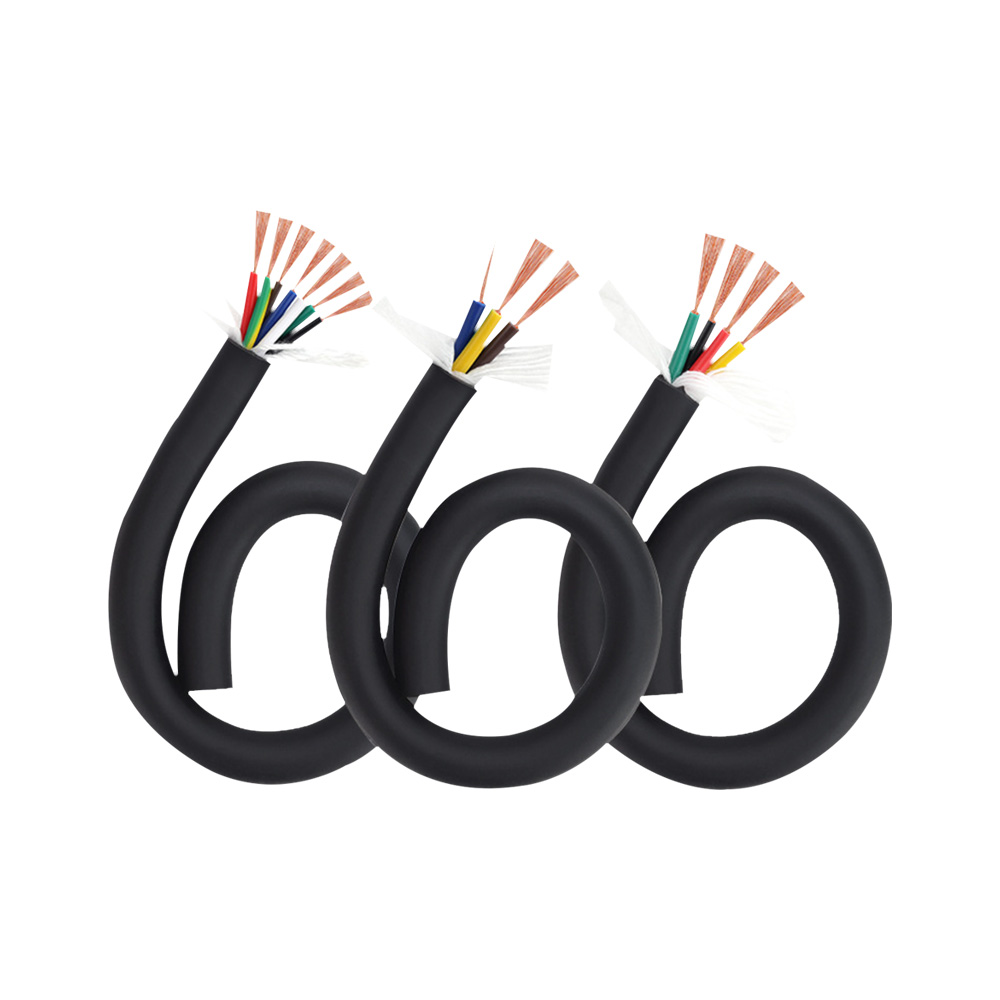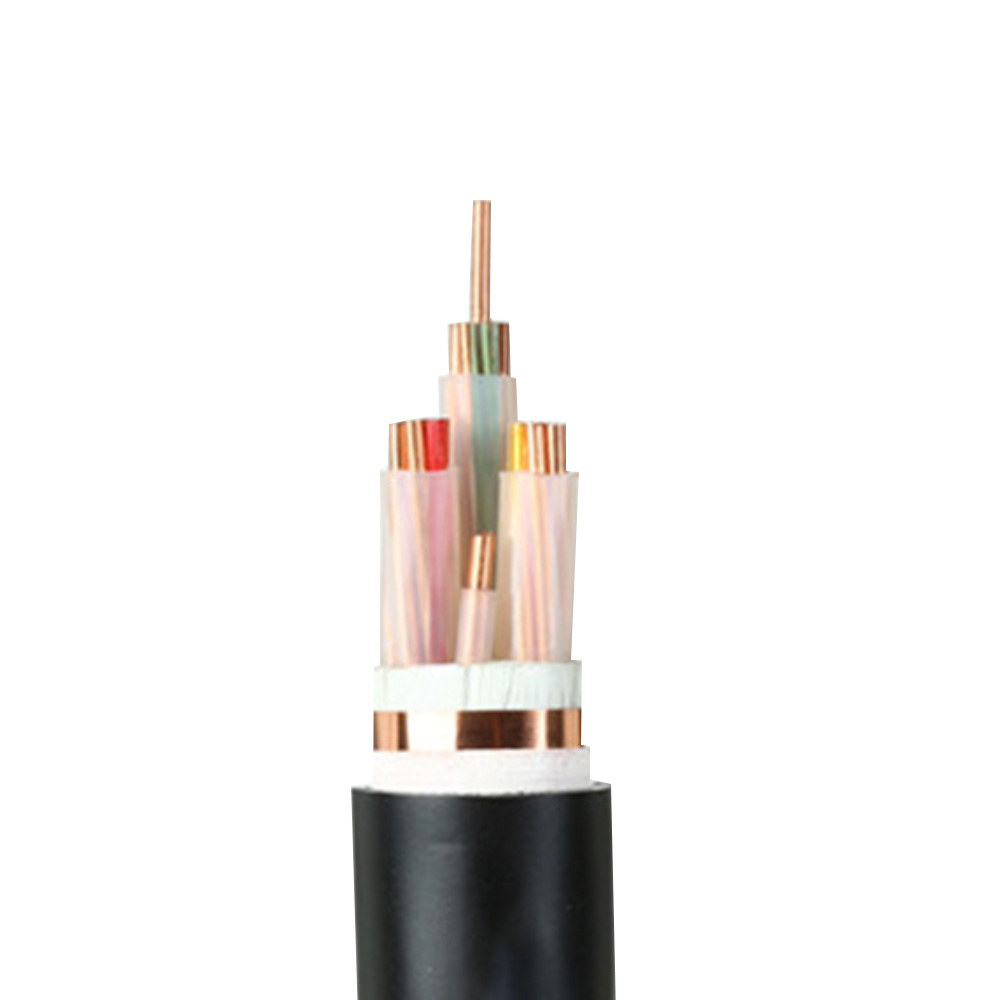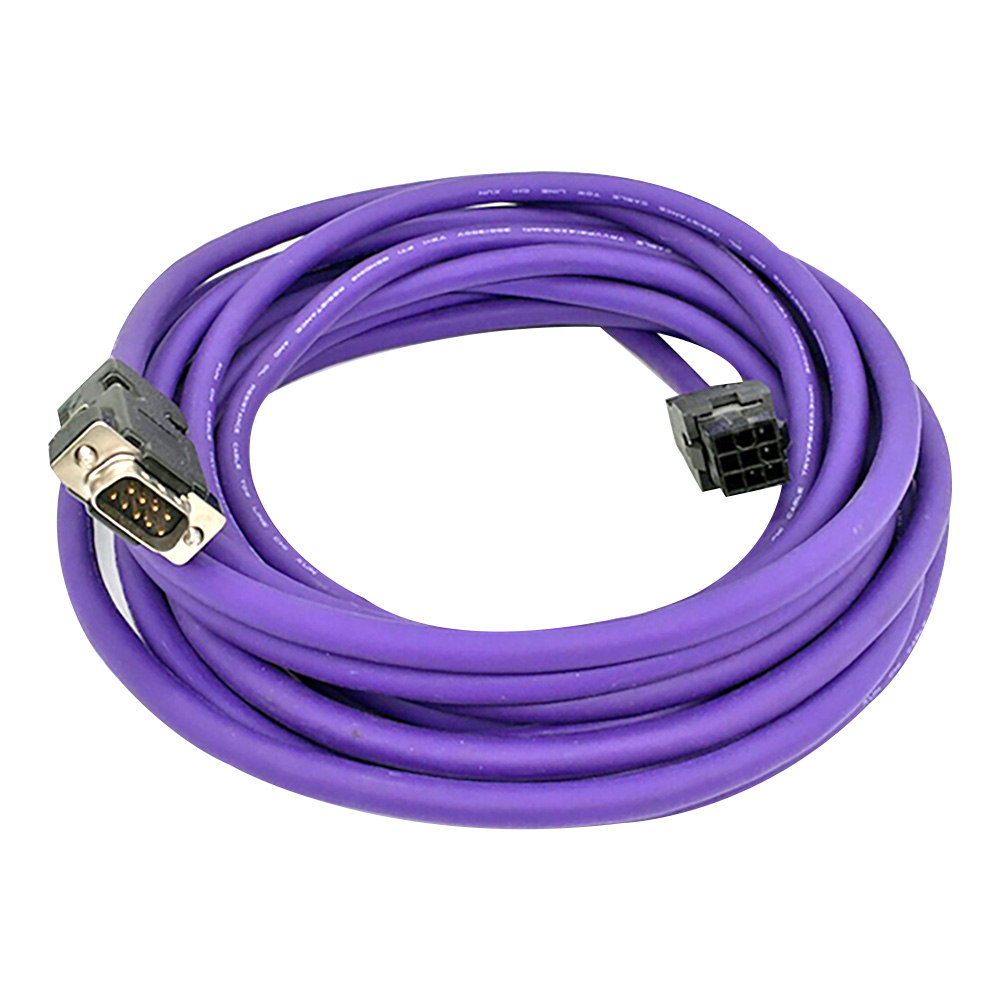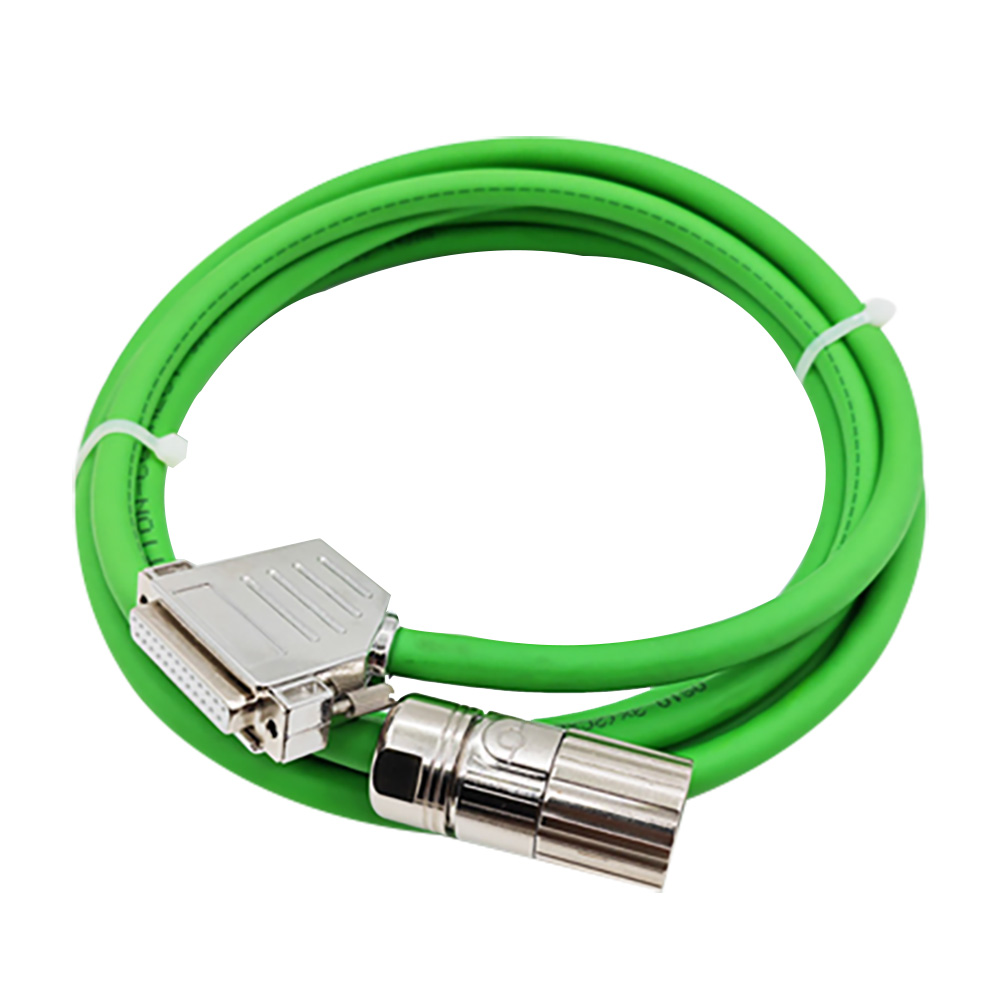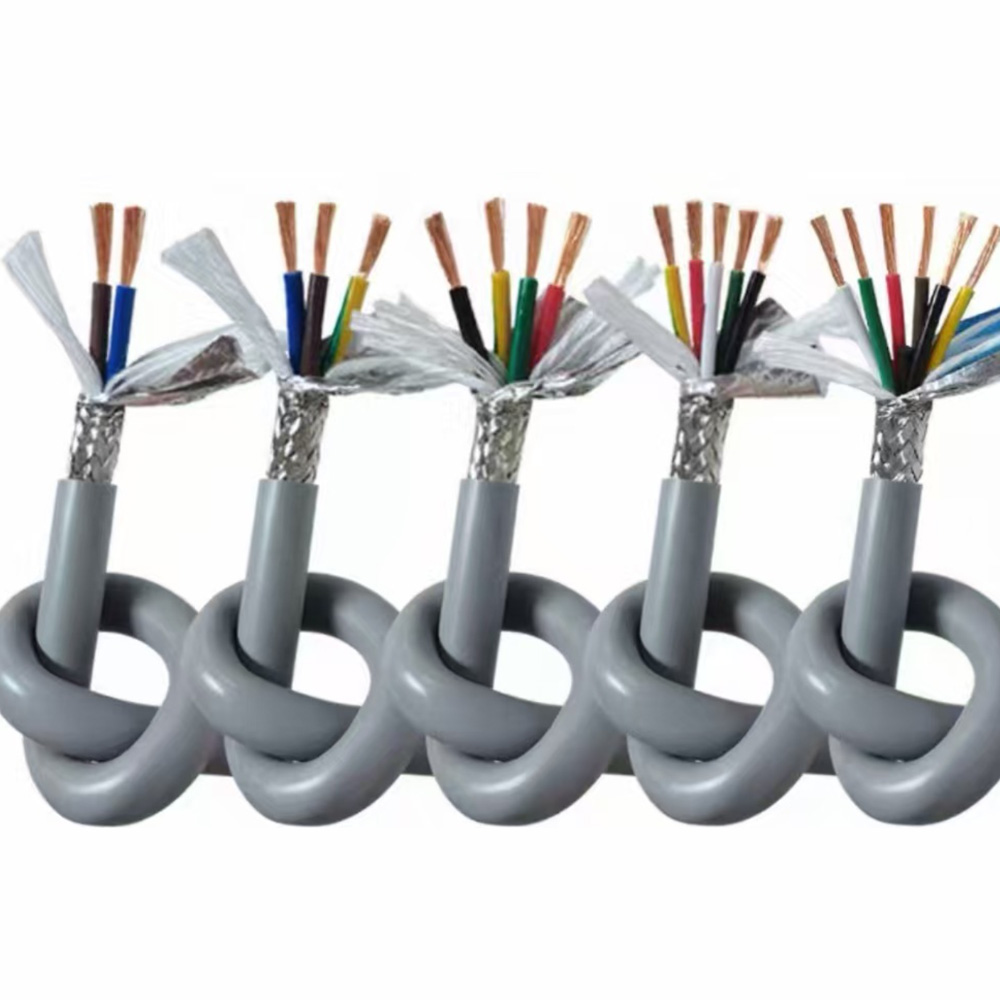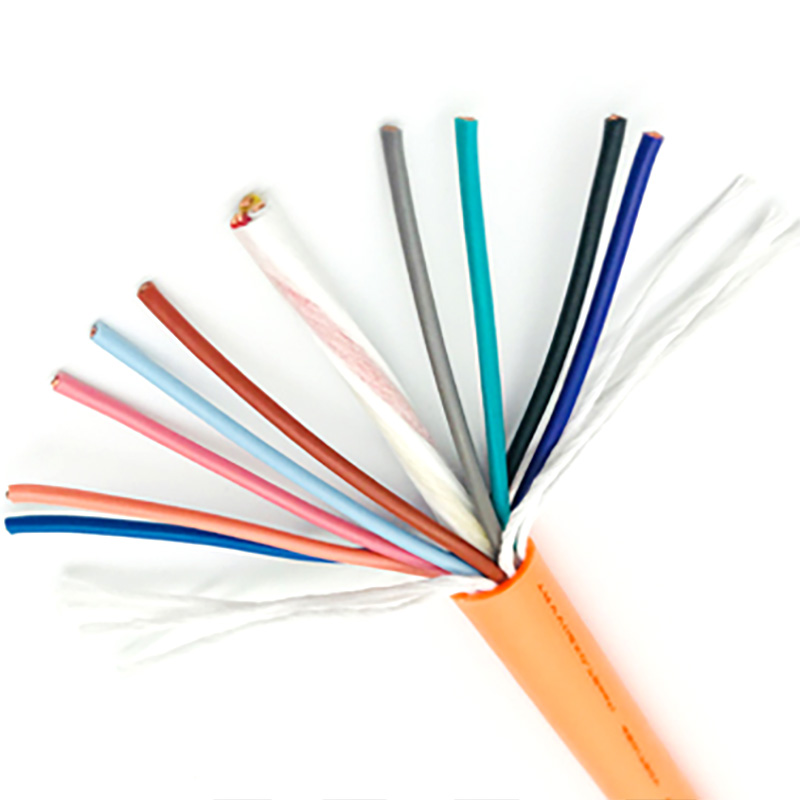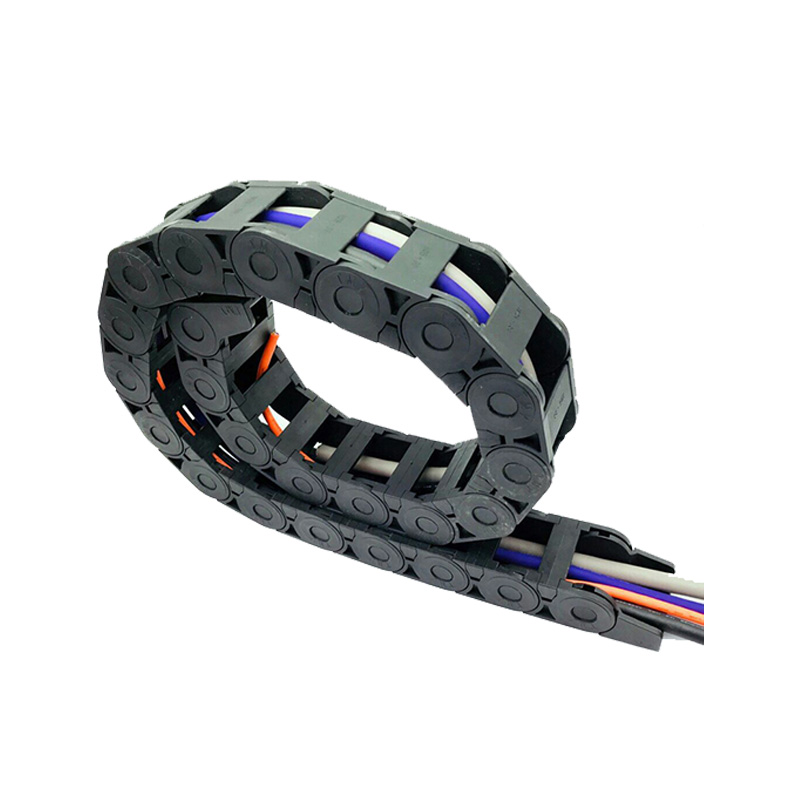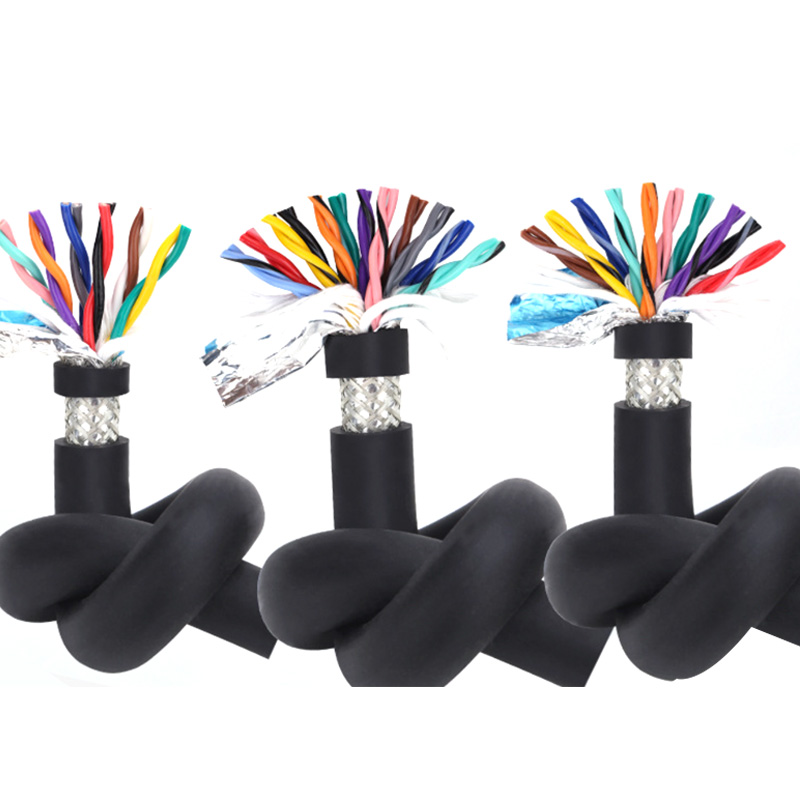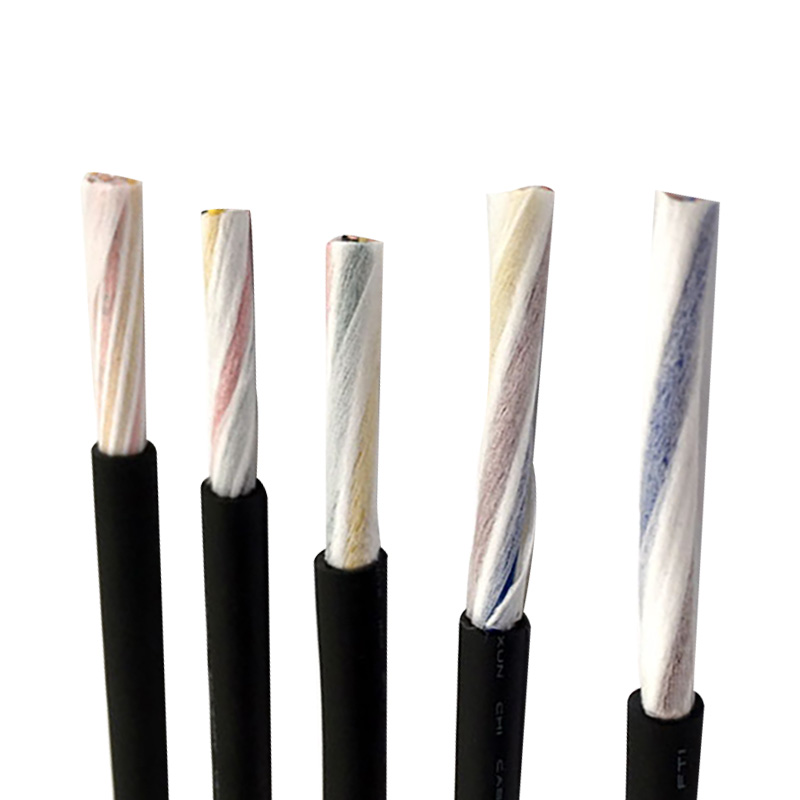
Nylon Chain Cable
Nylon Chain Cable
- Product Brief: Nylon chain cable, also known as nylon drag chain cable, is a specialized cable designed for use in drag chain systems, where it needs to withstand continuous motion, bending, and mechanical stress. It incorporates nylon materials in its construction, either in the cable’s structural components or as part of the protective elements, to deliver exceptional performance in dynamic industrial environments.
Description
Nylon chain cable, also known as nylon drag chain cable, is a specialized cable designed for use in drag chain systems, where it needs to withstand continuous motion, bending, and mechanical stress. It incorporates nylon materials in its construction, either in the cable’s structural components or as part of the protective elements, to deliver exceptional performance in dynamic industrial environments. One of the key features of nylon chain cable is its **superior mechanical strength**. The nylon components provide high tensile resistance and abrasion resistance, allowing the cable to endure the repetitive flexing, twisting, and pulling associated with drag chain operations in machinery like CNC equipment, robotic arms, and automated production lines. This durability significantly extends the cable’s service life even under high-frequency motion. In terms of **flexibility**, nylon chain cable maintains excellent bendability, enabling it to navigate the tight radii of drag chains without compromising signal or power transmission. Its design ensures that internal conductors and insulation remain intact during constant movement, preventing issues like conductor breakage or insulation wear. Additionally, nylon exhibits good **resistance to chemicals, oils, and environmental factors** such as moisture and dust, making these cables suitable for use in harsh industrial settings, including factories with exposure to lubricants, solvents, or varying temperatures. Some nylon chain cables also feature enhanced protection against electromagnetic interference (EMI) or radio frequency interference (RFI), ensuring stable signal transmission in sensitive applications. Nylon chain cable is widely applied in industries such as automation, robotics, packaging machinery, and material handling systems, where reliable performance under continuous motion is critical. It balances robustness, flexibility, and environmental resilience, making it a preferred choice for engineers and manufacturers seeking long-lasting, high-performance cabling solutions for dynamic equipment.
FAQs
Common causes of flexible cable failure include:
Over-Bending: Bending the cable beyond its minimum bend radius (MBR) damages conductors and insulation. Prevention: Adhere to the manufacturer’s MBR specifications and use cable management tools (e.g., cable tracks) to control bending paths.
Abrasion & Wear: Friction with surrounding components wears down the sheath. Prevention: Choose cables with wear-resistant sheathing (e.g., PUR) and install protective conduits or cable carriers.
Environmental Damage: Exposure to chemicals, moisture, or extreme temperatures degrades materials. Prevention: Select cables rated for the specific environment and use sealing or shielding where necessary.
Incorrect Installation: Tension, kinking, or improper grounding can strain the cable. Prevention: Follow installation guidelines, avoid pulling cables tightly, and ensure proper grounding for shielded cables.
Eelecting the appropriate flexible cable requires considering several key factors:
Movement Type: Determine if the cable will undergo bending (single or multi-axis), twisting, or torsional movement—this dictates the required flexibility (e.g., high-flex for robotic arms vs. medium-flex for simple folding applications).
Environmental Conditions: Assess temperature range (from extreme cold to high heat), exposure to chemicals, oil, water, or UV radiation—choose insulation/sheathing materials (e.g., PUR for oil resistance, TPE for wide temperature tolerance) accordingly.
Electrical Requirements: Confirm voltage rating, current capacity, and signal transmission needs (e.g., shielded flexible cables for reducing electromagnetic interference in data applications).
Mechanical Durability: Evaluate the number of bending cycles required (e.g., millions of cycles for long-life industrial use) to select cables with suitable conductor stranding and sheath thickness.
lexible cables are widely used in industries and equipment where frequent movement is involved. Common applications include:
Industrial Automation: Robotic arms, automated guided vehicles (AGVs), and linear motion systems.
Material Handling: Conveyor belts, hoists, and cranes that require cables to bend with mechanical movement.
Medical Equipment: Portable devices (e.g., ultrasound machines), surgical robots, and patient monitors that need flexible wiring for mobility.
Consumer Electronics: Laptop power cords, headphones, and wearable devices where flexibility ensures user comfort and product longevity.
Automotive Industry: Wiring for folding side mirrors, seat adjustments, and retractable door handles.
A flexible cable is a type of electrical cable designed to withstand repeated bending, twisting, and movement without compromising its electrical performance or structural integrity. Unlike standard fixed-installation cables, which are engineered for static or minimal-movement applications, flexible cables feature specialized constructions—such as fine-stranded conductors (instead of solid or coarse-stranded ones), flexible insulation materials (like PVC, TPE, or PUR), and robust sheathing—that enhance their durability under dynamic stress. This design allows them to be used in scenarios requiring constant motion, such as robotic arms, conveyor systems, and portable equipment.
In industrial scenarios where dynamic motion and signal integrity coexist, standard cables often fail to meet requirements—either lacking flexibility for long-term bending or failing to block interference for precise signals. TRVVPS Twisted Pair Shielded Drag Chain Cable solves these pain points through its integrated design of twisted pairs, shielding, and high flexibility, ensuring reliable, stable, and long-lasting performance. It is a critical cabling solution for upgrading automation levels and improving production precision in modern manufacturing.


